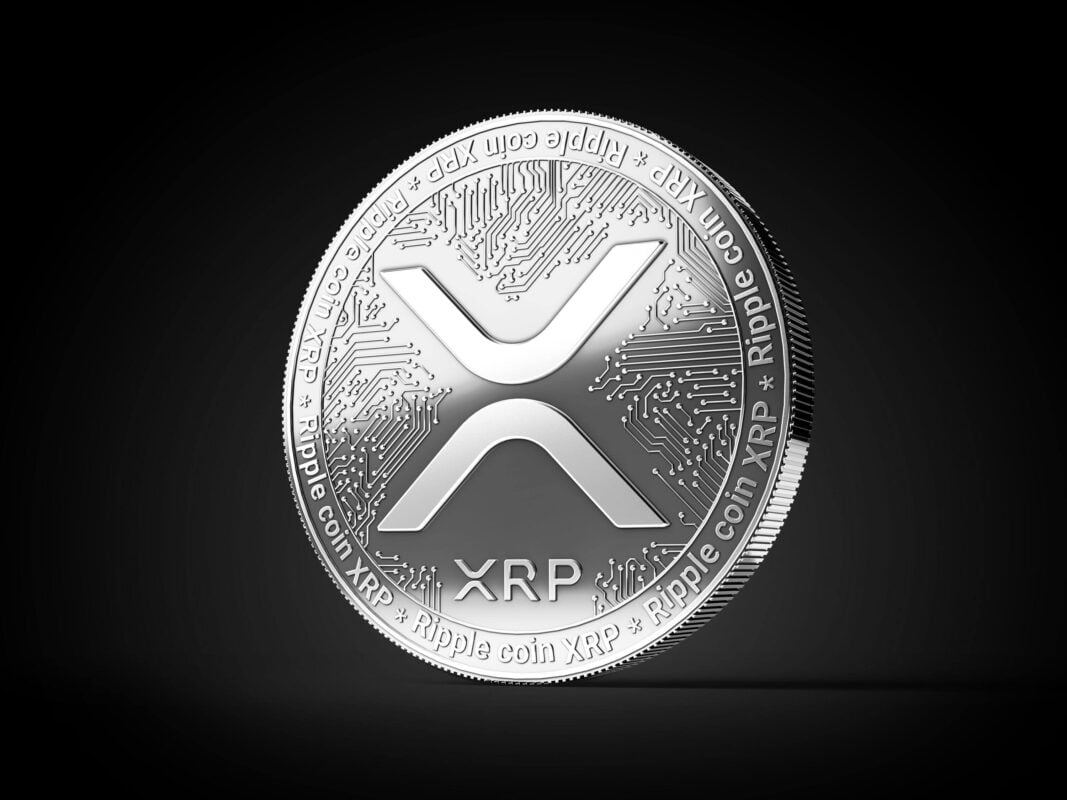TLDR
- Bill Morgan has criticized the spread of misinformation regarding Ripple escrow and its impact on XRP.
- He stated that many claims about XRP’s monthly token releases are inaccurate and misleading.
- Ripple escrow was designed to add transparency and predictability to XRP’s supply schedule.
- Despite this, critics continue to claim that the escrow system floods the market and suppresses prices.
- Morgan noted that even XRP supporters are sometimes misled by incorrect escrow data.
Concerns around Ripple escrow have resurfaced as legal expert Bill Morgan criticized the spread of misinformation about XRP. He warned that incorrect narratives have created long-standing confusion and distorted views on the token’s long-term value. Despite Ripple’s monthly release structure, many still question its impact on XRP’s market behavior.
Ripple Escrow Misunderstood Despite Transparent Mechanism
Ripple escrow remains a central point of criticism among XRP observers and traders. While Ripple introduced the system to provide supply predictability, critics continue to claim it causes market pressure. However, experts argue these conclusions often ignore verifiable transaction data and facts.
Bill Morgan recently pointed out that many claims about Ripple escrow are inaccurate or exaggerated. He explained that the figures frequently cited do not align with actual monthly release data. These mistakes, he said, have led to misguided judgments even among XRP supporters.
The escrow has been the epicentre of lies and FUD about XRP and XRP price action for years. Even some in the XRP community fall for the lies. https://t.co/KLhjq14poU
— bill morgan (@Belisarius2020) August 4, 2025
Ripple escrow was designed to prevent uncontrolled token supply and add transparency to XRP’s future circulation. Yet, the mechanism is frequently misrepresented as a constant source of selling pressure. Critics fail to consider that unreleased tokens are returned to escrow each month.
Market Comparison Reveals Inconsistent Standards
The debate about Ripple escrow intensified following XRP’s recent price performance against top digital assets. Some XRP holders noticed that other corporate holdings like Bitcoin face less public scrutiny. They believe that Ripple escrow faces biased criticism, while Bitcoin’s large holdings are celebrated.
This argument reflects a broader sentiment about perceived double standards in crypto asset management. For instance, Michael Saylor’s Bitcoin purchases draw praise despite having market implications similar to those of Ripple escrow. Critics of Ripple often ignore this contrast when discussing XRP supply control.
Community members noted that Ripple escrow is often linked to price suppression, even when market data does not support this view. They compared Ripple’s transparent system to less formal accumulation by Bitcoin investors. These comparisons aim to highlight inconsistencies in the wider crypto discussion.
Legal Expert Disputes Claims About XRP Supply and Pricing
Bill Morgan emphasized that many of the Ripple escrow criticisms stem from misinterpreted supply reports. He stated that misinformation campaigns have circulated for years without being challenged with facts. These narratives, he warned, affect both public perception and investor understanding.
Despite XRP’s outperformance against many digital assets, some still blame Ripple escrow for limiting its price growth. Morgan dismissed these views and attributed them to poorly sourced data. He urged stakeholders to rely on verifiable figures rather than speculation or social media trends.
Ripple escrow, according to experts, continues to function as intended by ensuring predictability and accountability in XRP’s monthly token release. Yet, its critics often ignore its foundational design and the return mechanism of unused tokens.






